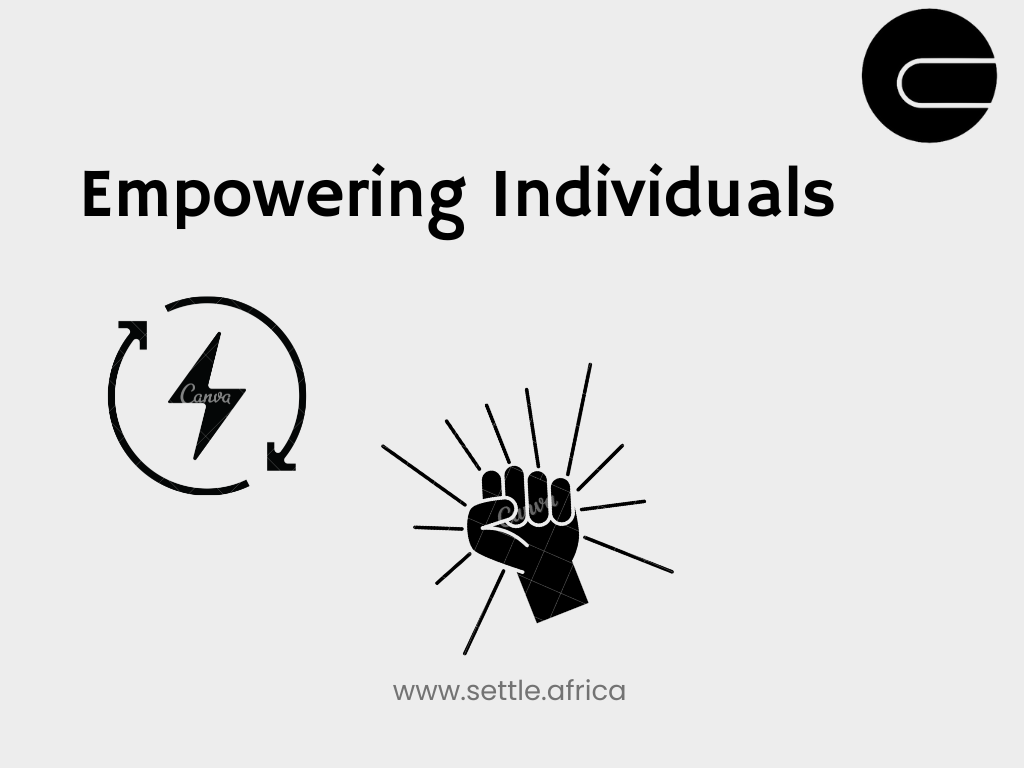WHAT ARE THE CURRENCIES OF AFRICA
The strength of a country’s currency is determined by a number of factors, some of which are; increase in its demand and supply in the foreign exchange markets, the interest rates of the central bank of that country, the inflation and growth in the domestic economy (productivity).
Another factor is a country's balance of trade and political stability. It plays a very important role in countries where there is a strong government with a well-established rule of law and a recorded history of constructive economic policies. These help in attracting foreign investments, hence, promoting a strong currency.
However, a very strong currency, despite keeping the cost of import low and making domestic products affordable, it increases the cost of export and reduces the currencies competitiveness.
A weak currency does no good either. It makes imports more expensive and increases inflation.
The best place to be is at the middle where the currency is neither too strong nor too weak.
Here are the 10 strongest currencies in Africa and how much it takes to acquire $1 with each as of July 25th 2023.
- Tunisian Dinar: 3.04
- Libyan Dinar: 4.77
- Moroccan Dirham: 9.79
- Ghanaian Cedi: 11.28
- Botswana's Pula: 13.06
- Seychelles' Rupee: 14.09
- Eritrean Nakfa: 15.00
- Namibian Dollar: 17.56
- South African Rand: 17.59
- Eswatini Lilangeni: 17.62
Here are the 10 weakest African currencies and how much it costs to acquire $1 with each.
- Malawian Kwacha: 1,053.73
- Rwandan Franc: 1,175.09
- Tanzanian Shilling: 2,448.30
- DRC Franc: 2,559.00
- Burundian Franc: 2,831.30
- Ugandan Shilling: 3,651.68
- Madagascar’s Malagasy Ariary: 4,510.69
- Guinean Franc: 8,604.43
- Sierra Leonean Leone: 19,750.00
- Sao Tome and Principe's Dobra: 22,823.99




.png)